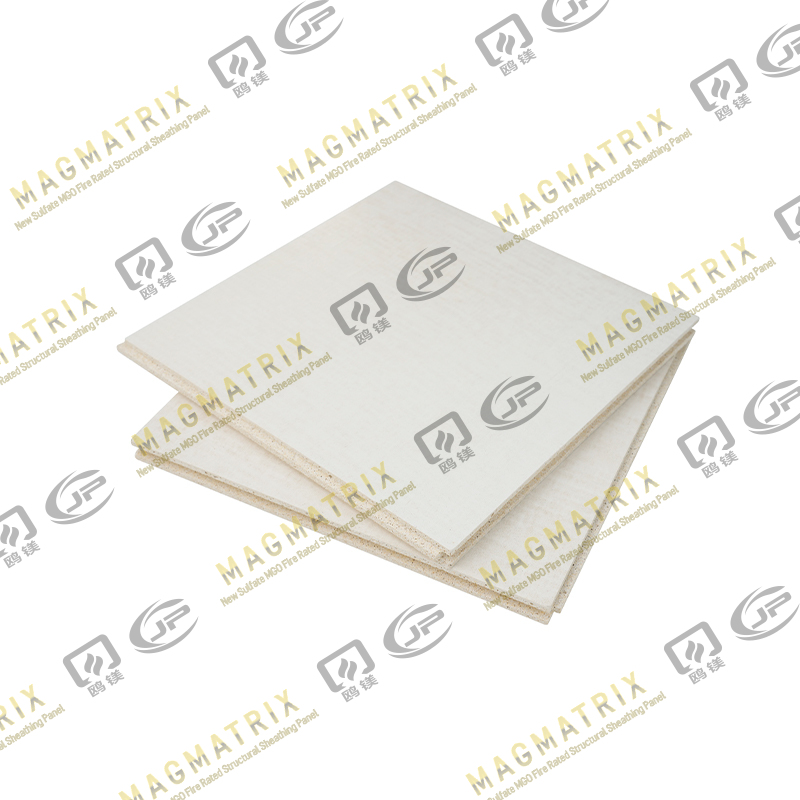Magnesium oxide (MgO) underlayment boards have become an increasingly popular choice for flooring systems in residential, commercial, and industrial buildings. Valued for their fire resistance, moisture stability, strength, and environmental safety, these boards serve as a reliable substrate beneath tile, vinyl, laminate, carpet, or hardwood finishes.
However, while much attention is often paid to the material’s composition and performance, one often overlooked aspect of MgO underlayment installation is the choice of fasteners. Selecting the right fasteners is essential to ensure the board’s stability, prevent unwanted movement, and maintain long-term integrity of the entire flooring system.
Before discussing fasteners, it’s useful to briefly review what MgO underlayment boards are and how they behave during installation.
Magnesium oxide (MgO) boards are a type of mineral-based sheathing composed primarily of magnesium oxide, magnesium chloride, perlite, and reinforcing fibers. They are known for being non-combustible, mold resistant, impact resistant, and dimensionally stable.
When used as an underlayment, MgO boards provide a smooth, rigid, and fire-rated base that enhances the performance of finish flooring materials. They are commonly used over wooden or steel joist systems, concrete slabs, and other structural substrates.
Because MgO boards are denser than plywood or gypsum-based materials, they demand special consideration when it comes to fastening. Using the wrong fasteners can result in poor holding strength, board cracking, or even corrosion over time.
2. The Role of Fasteners in MgO Underlayment Installation
Fasteners are not just a means of holding the board in place; they play a critical role in the overall performance of the flooring assembly. Properly chosen and installed fasteners ensure that:
- The boards are securely anchored to the substrate.
- Deflection and movement are minimized, preventing cracks in the finish flooring.
- The fasteners maintain their holding power over time, even under thermal or moisture variations.
- There is no corrosion or chemical reaction between the fastener and the MgO material.
Thus, choosing appropriate fasteners is a matter of both mechanical compatibility and chemical stability.
3. Types of Fasteners Commonly Used with MgO Underlayment Boards
Different types of fasteners can be used depending on the substrate—whether it’s wood, steel, or concrete. Below are the most commonly recommended options.
(1) Self-Tapping Screws (For Steel or Metal Framing)
For installations over steel joists or metal decking, self-tapping screws are generally the most effective choice. These screws can penetrate both the MgO board and the steel substrate without pre-drilling, although pre-drilling may still be advisable in certain thicknesses.
Recommended features:
- Carbon steel or stainless steel composition.
- Zinc-plated or epoxy-coated for corrosion resistance.
- A bugle or wafer head for flush finishing.
- Fine threads for thin steel members and coarse threads for thicker metal substrates.
Example specification:
- #8 x 1-1/4" self-tapping wafer head screws for 12–20 gauge steel framing.
(2) Cement Board Screws (For Wooden Substrates)
When installing MgO underlayment boards over plywood or OSB subfloors, cement board screws (also called backer board screws) are the preferred option. These screws are specifically designed for fiber-cement and mineral-based boards, making them ideal for MgO materials as well.
Recommended features:
- Hardened steel or stainless steel construction.
- Corrosion-resistant coating (ceramic or polymer coating preferred).
- Flat or ribbed countersunk head for a flush finish.
- Hi-lo thread pattern for excellent grip in both wood and board layers.
Example specification:
- #9 x 1-1/4" cement board screws spaced at 8 inches on center.
(3) Corrosion-Resistant Nails (Limited Use)
In some light-duty applications—particularly when speed is critical—corrosion-resistant ring-shank nails can be used instead of screws. However, screws are generally preferred for MgO underlayment because they provide superior holding strength and minimize the risk of board movement.
If nails are used, they should be:
- Hot-dip galvanized or stainless steel to prevent rust.
- Used with an adhesive or thin-set mortar for added stability.
(4) Concrete Anchors (For Concrete Slabs)
When installing MgO underlayment over a concrete base, mechanical fasteners such as Tapcon screws or masonry anchors are suitable. These fasteners are engineered to bite into concrete surfaces, ensuring a firm hold.
Recommended features:
- Hardened carbon steel or stainless steel material.
- Blue corrosion-resistant coating.
- Anchors sized appropriately for board and slab thickness.
Example specification:
- 3/16" x 1-1/4" concrete screws spaced at 8 inches on center.
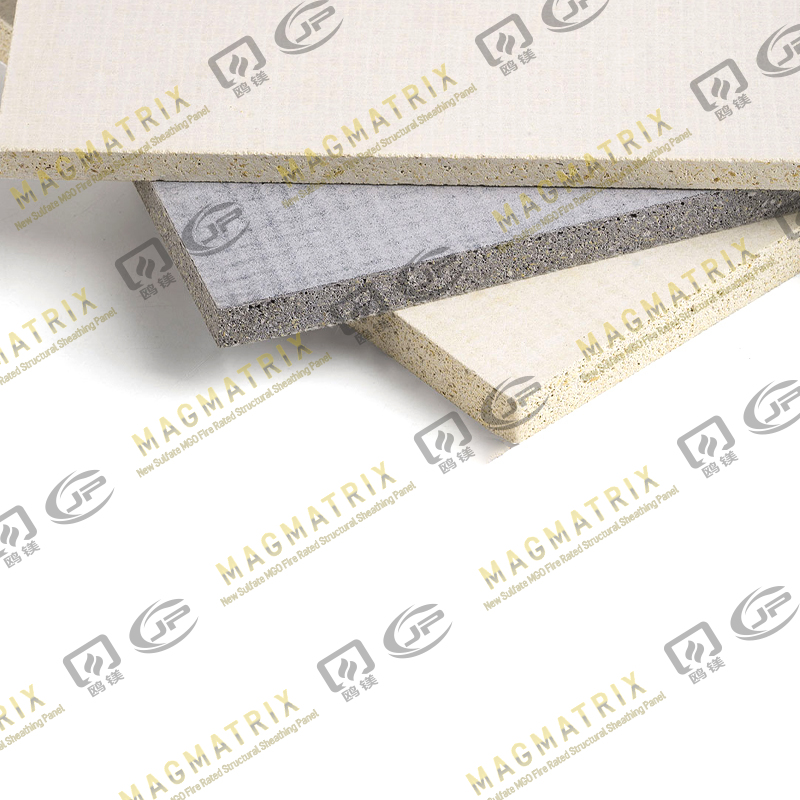
4. Corrosion and Compatibility Considerations
MgO boards contain magnesium oxide, which is an alkaline compound. When exposed to moisture, certain chemical reactions can occur between MgO and metallic fasteners if the materials are not properly chosen. Over time, this may lead to galvanic corrosion, which weakens fasteners and can cause failure of the board attachment.
To prevent this, always consider:
- Using stainless steel or coated fasteners.
- Avoiding plain carbon steel or uncoated fasteners.
- Ensuring that the fasteners’ protective coating is intact and durable under alkaline conditions.
Many manufacturers now offer alkali-resistant coatings specifically designed for cementitious materials, which perform well with MgO underlayment systems.
5. Fastener Spacing and Placement Guidelines
Fastener spacing and placement are critical to prevent board movement, ensure structural stability, and avoid cracking. While exact recommendations vary by manufacturer, general guidelines are as follows:
- Perimeter spacing: 6 inches on center along all edges.
- Field spacing: 8 inches on center in the body of the panel.
- Edge distance: Maintain at least 3/8 inch (10 mm) from board edges to prevent splitting.
- Fastener penetration: Minimum of 3/4 inch (19 mm) into wood or at least three threads into metal substrates.
Fasteners should be driven flush with the board surface—not countersunk excessively, as this can weaken the hold or fracture the board surface.
6. Pre-Drilling and Countersinking
Although many fasteners designed for MgO underlayment are self-drilling, pre-drilling is sometimes recommended for thicker boards (above 12 mm) or for installations near board edges to prevent cracking.
A pilot hole diameter slightly smaller than the fastener’s shank ensures a snug fit without causing stress around the hole.
When a flush finish is desired under thin flooring materials, light countersinking may also be performed to allow the screw head to sit slightly below the surface, which can then be filled with floor patching compound.
7. Adhesive and Fastener Combination
For added strength and vibration resistance, many professionals use a combination of mechanical fastening and adhesive bonding.
An appropriate construction adhesive or thin-set mortar applied between the MgO board and the substrate can:
- Reduce squeaks and movement.
- Distribute loads evenly across the surface.
- Minimize the number of fasteners required.
However, adhesives should be compatible with MgO materials—check the product label for suitability with cementitious substrates.
8. Tools and Installation Tips
To ensure consistent results, consider the following practical installation tips:
- Use corrosion-resistant fasteners only. This cannot be overstated—corrosion is the leading cause of fastener failure in MgO systems.
- Use a screw gun with adjustable torque. Overdriving can fracture the board surface; underdriving can cause poor contact.
- Clean the substrate surface. Dust or debris can interfere with adhesion and board seating.
- Stagger joints between boards. This increases stability and helps distribute stress evenly.
- Leave small gaps (1/8 inch) between boards. Allowing minimal expansion joints prevents buckling under thermal or moisture changes.
- Fill joints as per manufacturer’s instructions. Typically, a fiberglass mesh tape and joint compound or thin-set are used.
Proper installation practices are just as critical as fastener selection for long-term flooring performance.
9. Common Mistakes to Avoid
Even when using the right fasteners, several installation errors can compromise the effectiveness of MgO underlayment systems:
- Using uncoated screws: Leads to rust stains and reduced strength.
- Fastening too close to board edges: Increases the risk of splitting or cracking.
- Overdriving screws: Damages the surface layer and weakens the board.
- Inconsistent spacing: Causes uneven load distribution, which can lead to floor squeaks or flexing.
- Mixing incompatible materials: Certain fasteners may chemically react with MgO under humid conditions.
By avoiding these issues, installers can achieve a professional and durable finish.
10. Consulting Manufacturer Guidelines
Although the general principles above apply to most MgO underlayment products, it’s essential to check manufacturer-specific installation instructions.
Manufacturers may provide proprietary fastener recommendations, particularly if their boards are part of a tested floor system for fire or acoustic performance. Using non-approved fasteners could void warranties or compromise system certification.
When in doubt, contact the manufacturer’s technical support team for:
- Approved fastener types and brands.
- Recommended spacing and installation methods.
- Guidance on adhesives, joint treatments, and finishing layers.
11. Environmental and Longevity Considerations
Proper fastening also contributes to the environmental performance and longevity of the MgO underlayment system. Since MgO boards are durable and resistant to mold and fire, the fastening system should be equally long-lasting to maintain those benefits over time.
Choosing non-corrosive fasteners ensures that the installation remains structurally sound even in damp or coastal environments. This not only extends the floor’s service life but also reduces maintenance and repair costs in the long term.
12. Conclusion
Installing MgO underlayment boards correctly begins with selecting the right fasteners. Whether the substrate is wood, steel, or concrete, the fasteners must provide secure attachment, resist corrosion, and be chemically compatible with the board material.
In summary:
- Use corrosion-resistant, coated, or stainless-steel screws specifically designed for cementitious boards.
- Follow spacing guidelines—typically 6 inches at edges and 8 inches in the field.
- Avoid overdriving or underdriving fasteners, and maintain edge clearances.
- Consider adhesive bonding for additional strength and vibration resistance.
- Always follow manufacturer recommendations for the specific MgO underlayment product you are using.
By following these best practices, you ensure that your MgO underlayment installation is not only structurally secure but also capable of delivering the longevity and performance that magnesium oxide boards are known for.
 BMSC 517 New Sulfate MgO Board
BMSC 517 New Sulfate MgO Board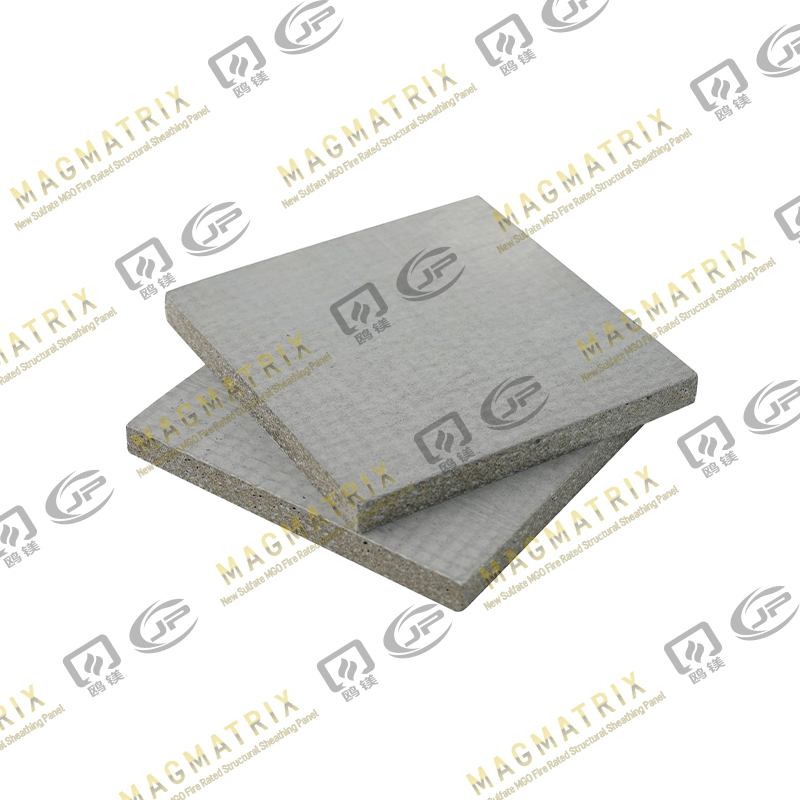 Multi-Support MgO Wall Sheathing Board
Multi-Support MgO Wall Sheathing Board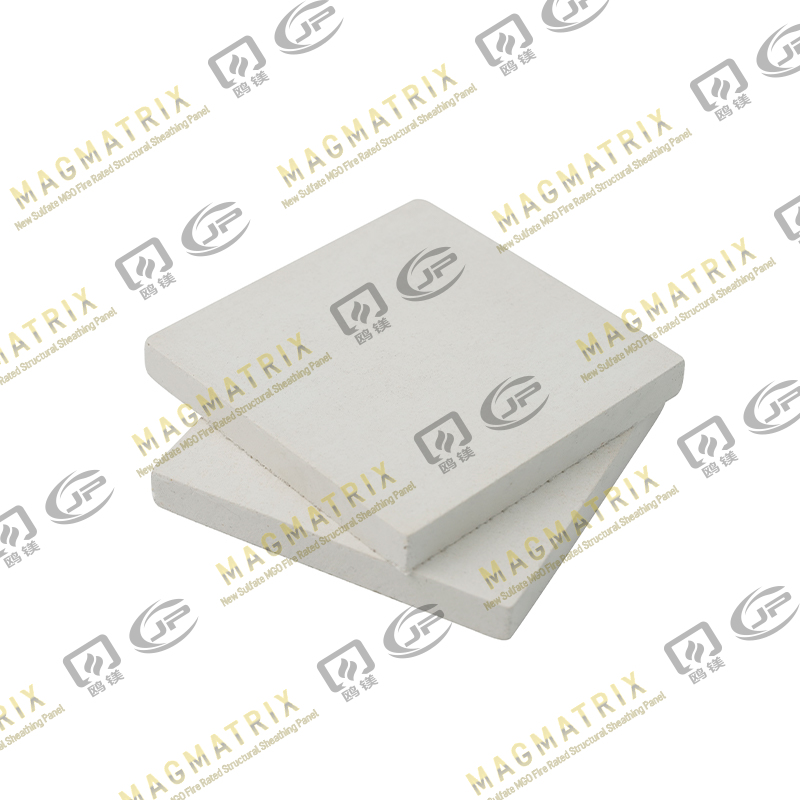 Perseverance MgO Wall Sheathing Board
Perseverance MgO Wall Sheathing Board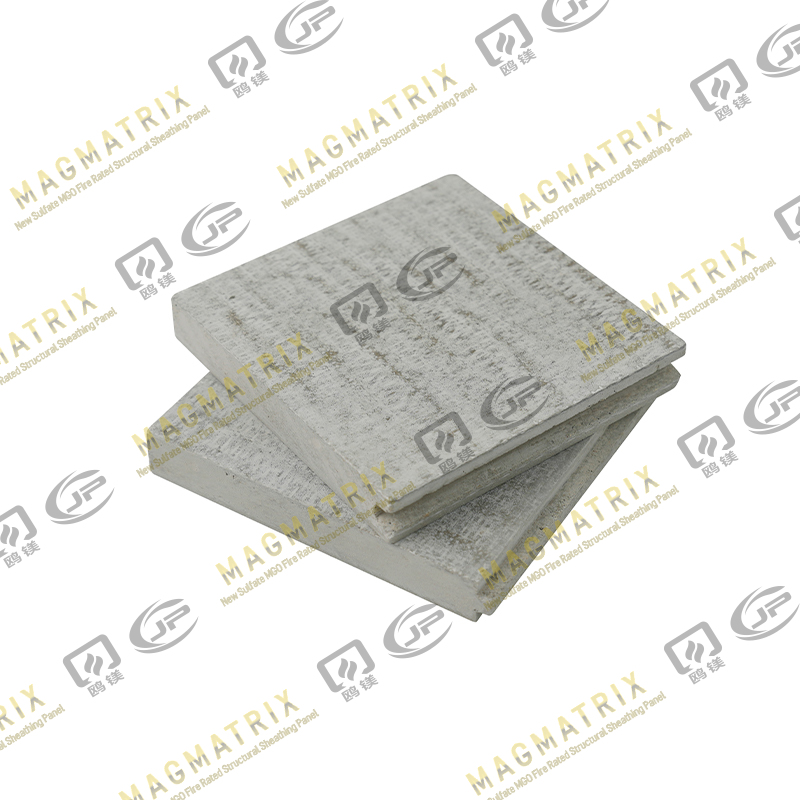 Multi-Support MgO Subfloor Sheathing Board
Multi-Support MgO Subfloor Sheathing Board Perseverance MgO Subfloor Sheathing Board
Perseverance MgO Subfloor Sheathing Board MagMatrix MgO Underlayment Panel/board
MagMatrix MgO Underlayment Panel/board


 English
English русский
русский Español
Español

